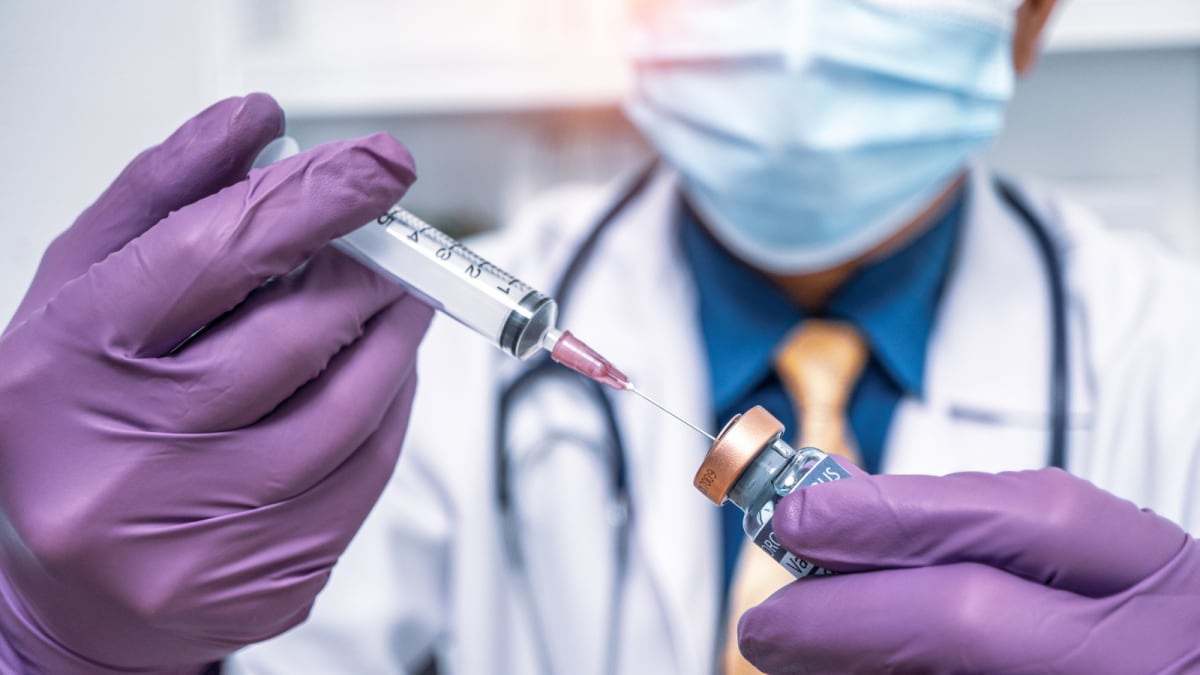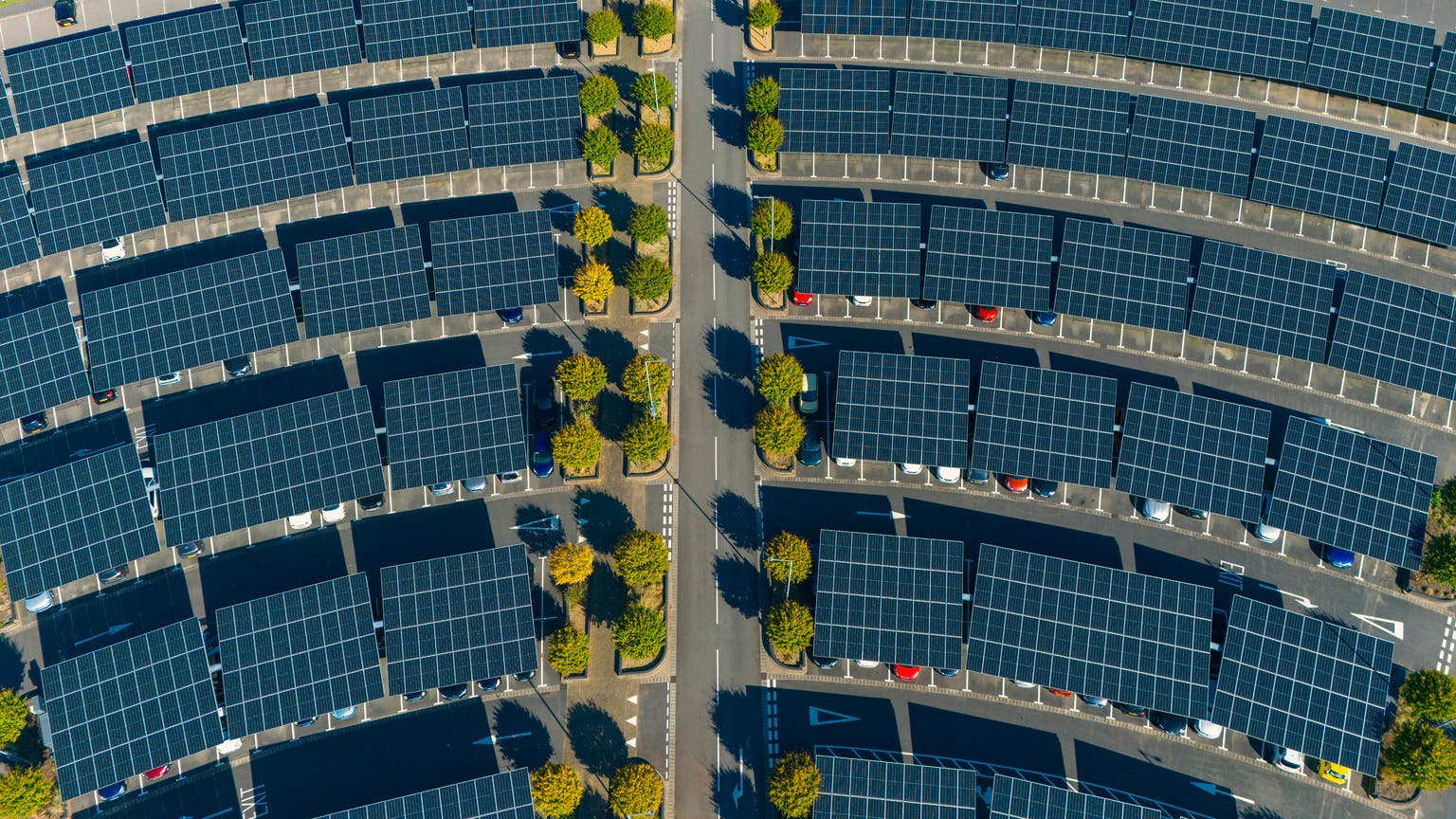Australian Scientists' COVID-19 Vaccine Breakthrough Could Hold the Key to Eradicating HIV

In a groundbreaking development that could reshape the fight against HIV, Australian scientists are exploring whether the technology behind some of the most effective COVID-19 vaccines can be adapted to ‘kick and kill’ the virus hiding within the body. This exciting research, recently published in leading scientific journals, focuses on uncovering and targeting HIV reservoirs – the dormant pools of the virus that remain in white blood cells even after years of antiretroviral therapy (ART).
The Challenge of HIV Reservoirs
Currently, ART can effectively suppress HIV, preventing the virus from replicating and damaging the immune system. However, it doesn’t eliminate the virus entirely. HIV establishes reservoirs within long-lived immune cells, essentially ‘hiding’ from the drugs. If ART is stopped, the virus can reactivate and begin replicating again, making a complete cure incredibly difficult to achieve. Finding a way to expose and eliminate these reservoirs has been a major goal for HIV researchers for decades.
The COVID-19 Vaccine Connection
The Australian team's innovative approach leverages insights gained from the development of mRNA COVID-19 vaccines. These vaccines work by instructing the body's cells to produce a harmless piece of the virus, triggering an immune response. Researchers realised that a similar strategy could be applied to HIV. Specifically, they are exploring the possibility of using mRNA to deliver instructions to immune cells, prompting them to 'wake up' the dormant HIV within the white blood cells, making it visible to the immune system. Once exposed, the immune system can then be stimulated to destroy the infected cells – the 'kick and kill' strategy.
How it Works: Unveiling the Hidden Virus
The researchers have developed a novel method to identify these hidden HIV reservoirs. They're using specially designed molecules that bind to HIV proteins within the white blood cells. This binding process effectively 'reveals' the virus, allowing scientists to map the location and size of the reservoirs. This is a crucial first step, as it provides a clearer picture of the challenge ahead.
Promising Early Results
Early laboratory studies have shown promising results. The team has successfully demonstrated the ability to ‘kick’ HIV out of infected cells in vitro (in a lab setting). While significant challenges remain, these findings offer a glimmer of hope for a potential cure for HIV. The next phase of research will involve testing the approach in animal models before eventually moving towards human clinical trials.
Implications for the Future
If successful, this technology could revolutionize HIV treatment. Instead of lifelong ART, individuals could potentially receive a short course of treatment that eliminates the virus entirely. This would dramatically improve the quality of life for millions of people living with HIV worldwide and significantly reduce the risk of transmission. Furthermore, the underlying principles of this research could potentially be applied to other chronic viral infections, broadening its impact beyond HIV.
Looking Ahead
The Australian team is actively seeking funding and collaborations to advance this research. While the path to a cure is long and complex, this innovative application of COVID-19 vaccine technology represents a significant step forward in the global effort to end the HIV epidemic. It's a testament to the power of scientific innovation and the potential for breakthroughs to emerge from unexpected sources.






